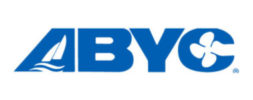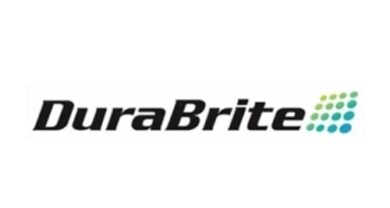Funnel Vision
File this one under the old adage that there are no new ideas – just different versions of old ideas.
As we’ve been researching and reporting on the Grow Boating initiative, we were pointed toward research that mirrored that at the heart of the marine industry’s efforts to improve and grow – the concept of bringing consumers into the boating “funnel” and moving them through to become boat owners.
This funnel, which we illustrated in our Jan./Feb. issue (page 16), it turns out, is not a new concept. In fact, the research we came across illustrated a much more detailed funnel that the boating industry should pay attention to.
This funnel, created in 1994 by Gary Polson, an employee at the time for MerCruiser/Mercury Marine, illustrates not only the idea of people moving through various stages of recreational pursuits, but it also discusses the barriers, or filters that consumers may experience in different stages. And it breaks down the stages into more specific buying stages. Polson, who now runs Polson Enterprises, titles the study “Modeling the Process Used to Decide to Participate in Specific Recreation and Leisure Activities.”
The marine industry acknowledged barriers in its study. In the 2004 Barriers and Competitors Study, four barriers were as the main reasons why prospective boat buyers have not purchased their first boat. Four of the five were cost related (can’t afford purchase price, saving for college education or retirement and can’t afford upkeep) while the other was a time consideration.
Polson’s funnel, however, digs much deeper, almost becoming a sociological study on choosing among leisure activities. It includes such barriers as personal leisure types and fears, demographic, physical requirements and local constraints, first experiences, alternatives, hassles, value, spouse approval, financial and time constraints among others. It also acknowledges how hassles, age, costs, family changes, weather, relocation and other variables can cause interest in a recreational pursuit to evaporate.
And these hassles are often found in the midst of considering a purchase and even shopping for a new boat. In fact, the three areas of the funnel that the Grow Boating Initiative recognized – interest, consideration and shopping – are broken down into seven areas by Polson’s model. At the top of the filter, consumers are aware of the recreational pursuit, and as they work their way into and down the funnel, they gain knowledge, participation or visualization experiences, a liking, preferences and a conviction for, and finally, in the final cone of the funnel, they begin shopping.
“I just put it together to call attention to the problems boating and other industries had, and boating still has,” Polson said. “Since the original chart, leisure scientists have started talking about facilitators as being things that help people get over the hurdles/barriers, or through the filters. In the boating context, they would be the kinds of things that help people through various stages.”
The simpler version of the filter that the Grow Boating Initiative is using is a great place to start, but as the industry looks to overcome its challenges, being in tune with various stages within the funnel – in addition to the specific barriers – could prove vital to growing boating.
For a full description of what the funnel means, please visit the Featured Links section of www.Boating-Industry.com.




